9 Energy-Efficient Ways to Get Around
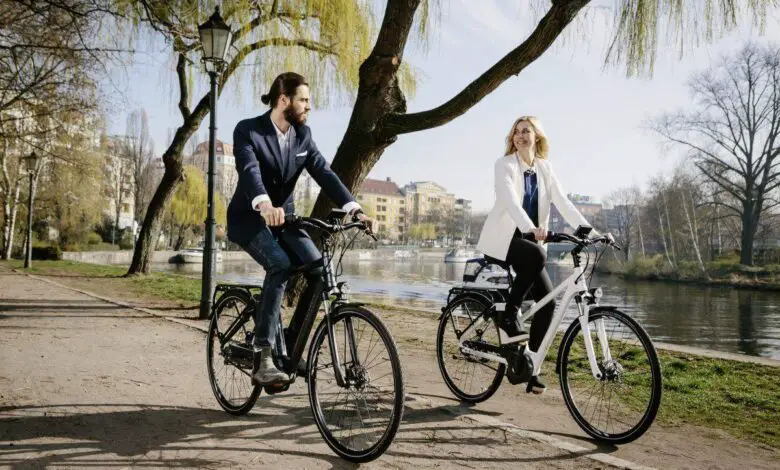
Do you like the idea of getting from Point A to Point B in the most efficient way possible? If so, you’re probably already a fan of e-bikes, skateboards, rollerblades, walking, e-scooters, public transportation, ride sharing, and similar conveyances. For so many people who reside in densely populated urban areas, and even in suburbs, there’s less of need, these days, to own a private car and drive it every day.
With the rise of light rail transit in cities of all sizes, it’s become relatively easy to get by without a car. What are the most popular modes of transit college students, working adults, and older people are using amid the many transportation choices? Here are the details about a few of current favorites among city dwellers everywhere.
Ridesharing
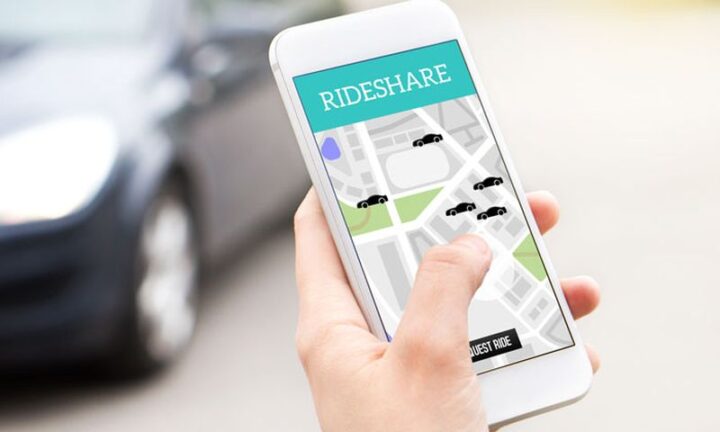
What began as a one-off business idea years ago has turned into one of the most successful transport concepts of the modern era. Ride sharing is the use of ordinary cars that use smartphone and GPS devices to offer paid rides to anyone, anywhere, any time. In some cities, ride sharing has either replaced traditional taxicabs or gone directly into competition with them.
But the concept behind ride share is the ingenious part of the movement offering low-cost transportation to adults who don’t own, or don’t want to own, private automobiles. This can be a great supplement mode of transportation for those who are constantly traveling for work. Ride share opportunities can help reduce road stress by splitting up the time that you spend as a driver, and a passenger.
E-Bikes
Getting an e-bike is the transportation preference for those who either choose to avoid owning a car or want to supplement their options for getting around. What do e-bike owners like about their sleek, high-tech machines? Mostly, they like the silent, energy-efficient idea of the device. They also like the fact that there are e-bikes for every budget and for people of all ages. Gone are the early days of e-bikes when the units were heavier, costlier, and couldn’t travel very far on a single charge. Modern versions and makes like DŌST Bikes, can carry their passengers up to 120 miles on one charge of the efficient battery.
Scooter Rental
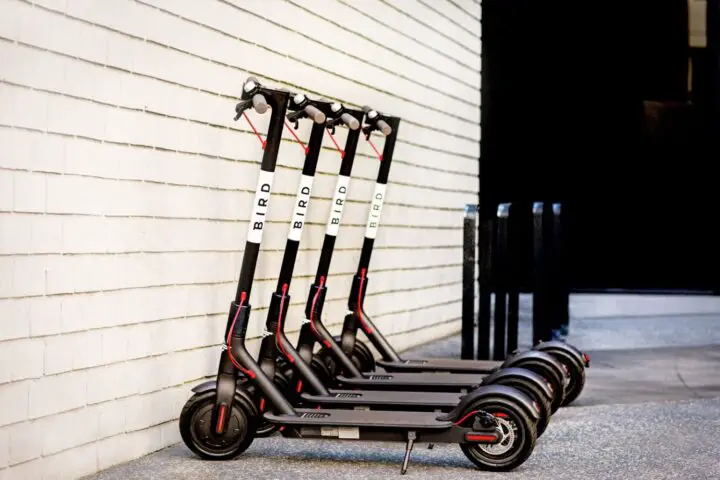
Those who live in cities have a love-hate relationship with electric scooters. That is, users love them and pedestrians hate them. Even so, the popularity of low-cost, lightweight, easy to operate e-scooters has skyrocketed. With low by the hour rental rates and wide availability, tourists and others can avoid driving around busy downtown areas and simply hop on an electronic scooter to dart around. College students who don’t own cars, business professionals who don’t want to fight vehicle traffic just to eat lunch a couple of miles away, visitors who would rather avoid taking taxis everywhere, and others choose the e-scooter to navigate urban areas where driving a car can mean pricey parking fees and long delays.
Light Rail
Nearly every large and medium-sized city now has either a light rail system or highly developed bus line in full operation. Many have both, which is a gift to local residents and visitors who prefer to leave cars parked at home as often as possible. In fact, the combination of extensive bus routes and light rail trains in central urban zones has virtually eliminated traffic jams in some cities. Even working adults who own comfortable cars and SUVs often prefer to take light rail lines to their downtown jobs. Fees are low, especially for regular riders who purchase monthly or annual passes. Parking problems are nonexistent. Trains almost always run-on time and offer comfortable seating for all.
Energy-Efficient Buses
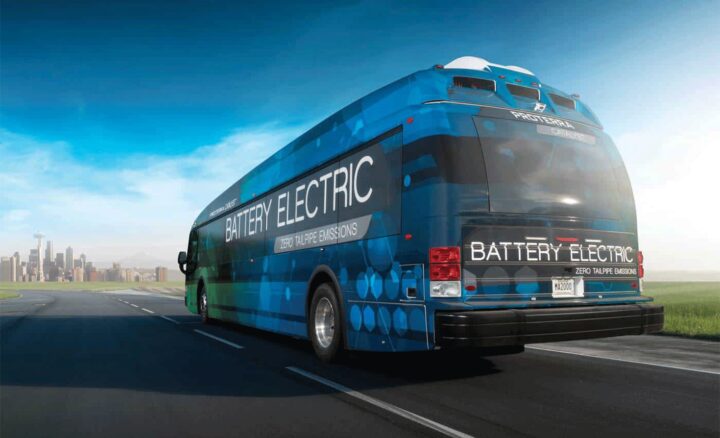
Take a close look at your city’s passenger buses. In the past decade, most large metro complexes have replaced their buses with alternative fuel vehicles. Many run-on natural gas and others feature hybrid electric motors that use much less fossil fuel than previous versions. In localities that couldn’t afford to implement light rail systems, some municipalities chose to spend money on bus upgrades. Often, that meant replacing gas guzzlers with efficient engines that rely on electricity for at least a fraction of their power.
Mopeds
Mopeds, the tiny, gasoline-powered bicycles that were a precursor to e-bikes, are still around. In Asian, Mexico, and other markets where they made major inroads into the retail transport market, mopeds continue to sell well and are still in mass production. The advantage of these gas-bikes is that they are easy to operate, go fast, and use very little fuel because of their tiny engines. If you decide to go with e-bikes you can always take a look at electricbikeparadise.
NEVs
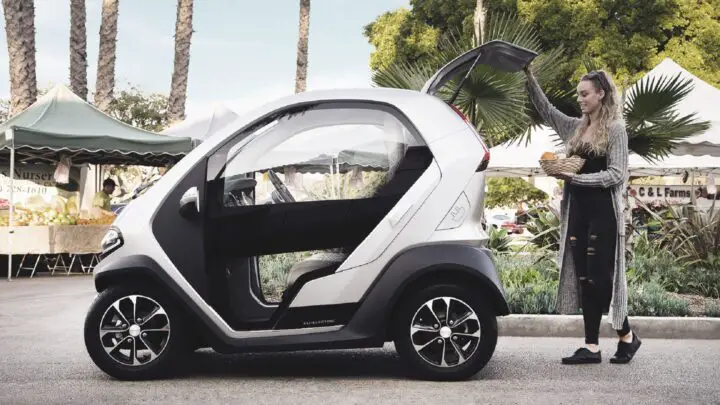
Neighborhood electric vehicles (NEVs) have grown in popularity since their debut in the 1990s. Much more sophisticated than the standard golf-carts on which they’re modeled, NEVs have a top speed of 25 MPH, are legal in most cities, run on small electric batteries, and are beloved in retirement communities. A few of the cleverer manufacturers have taken to encasing their NEVs in hard-plastic shells that look exactly like miniature sports cars.
Recumbent Bikes
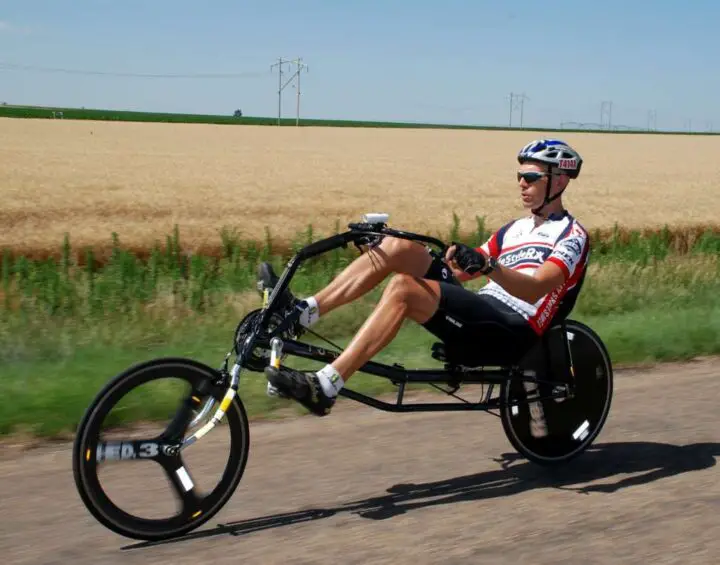
A variation on the standard bicycle, recumbent models are designed so the rider can lean back, with feet up while pedaling. Many older folks enjoy the fact that there’s almost no stress on the lower back while riding. Others just like the cool design and being able to use the entire lower body as a source of propulsion.
E-Chairs
Surprise, the once-popular Segway wheeled transport device is no longer in production. Company owners say the stand-up, two-wheeled rolling machine never gained enough traction with the public as they expected it to. So, they’re rolling along to new ideas and product concepts. One is the e-chair, which is just like the old Segway but with a chair added to it.
The devices are still relatively new and hard to find, but the sellers are making a big push to get them into stores, both online and big box, in time for Christmas selling season. But you must give the makers credit for solving one of the biggest objections consumers had to the Segway, which was safety. The e-chairs will come with large batteries and can travel up to 25 MPH. They’re being marketed to corporate campuses, universities, and tour companies. But if you want one bad enough, they’ll be available via online stores by the end of 2024.

